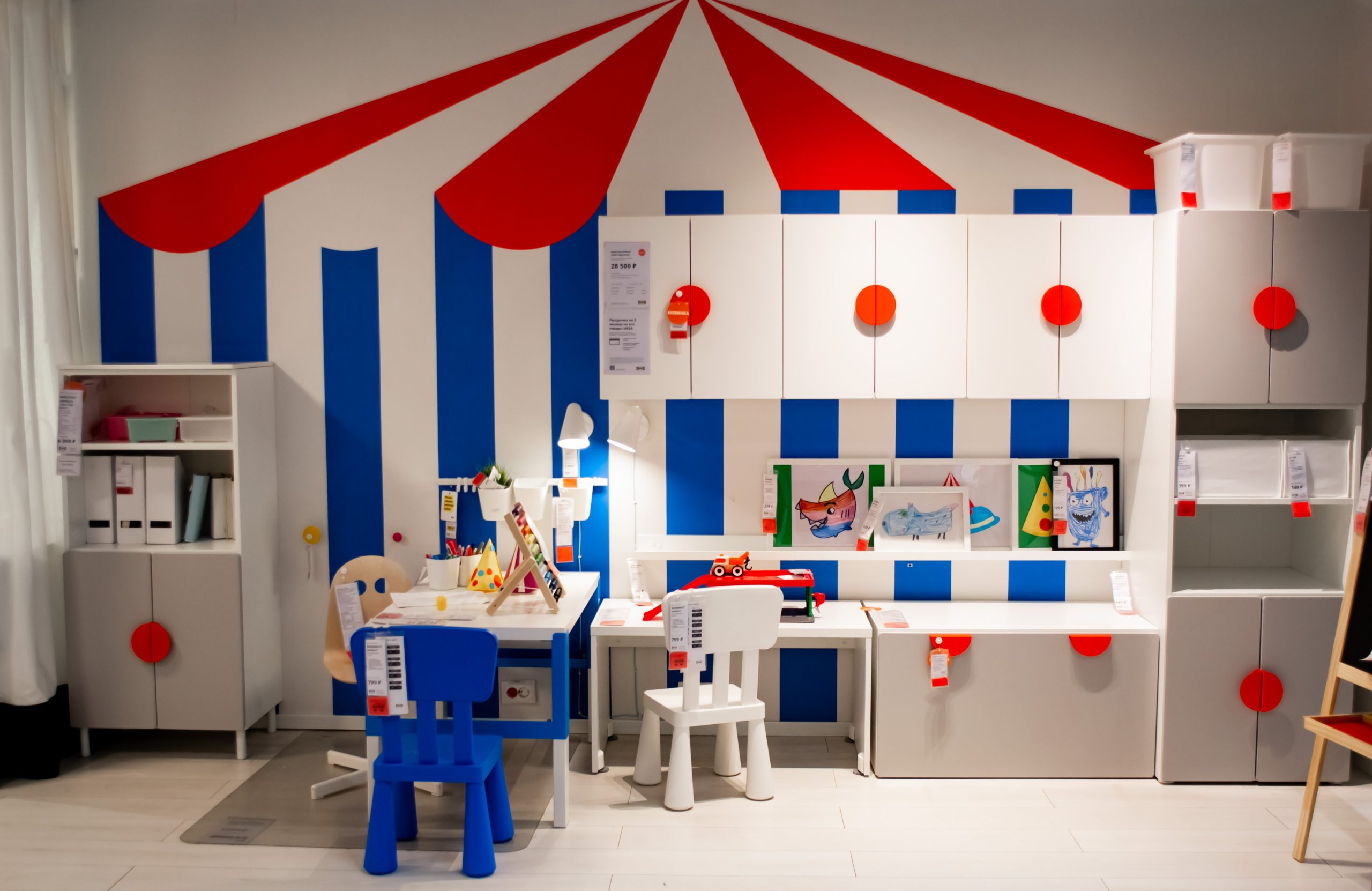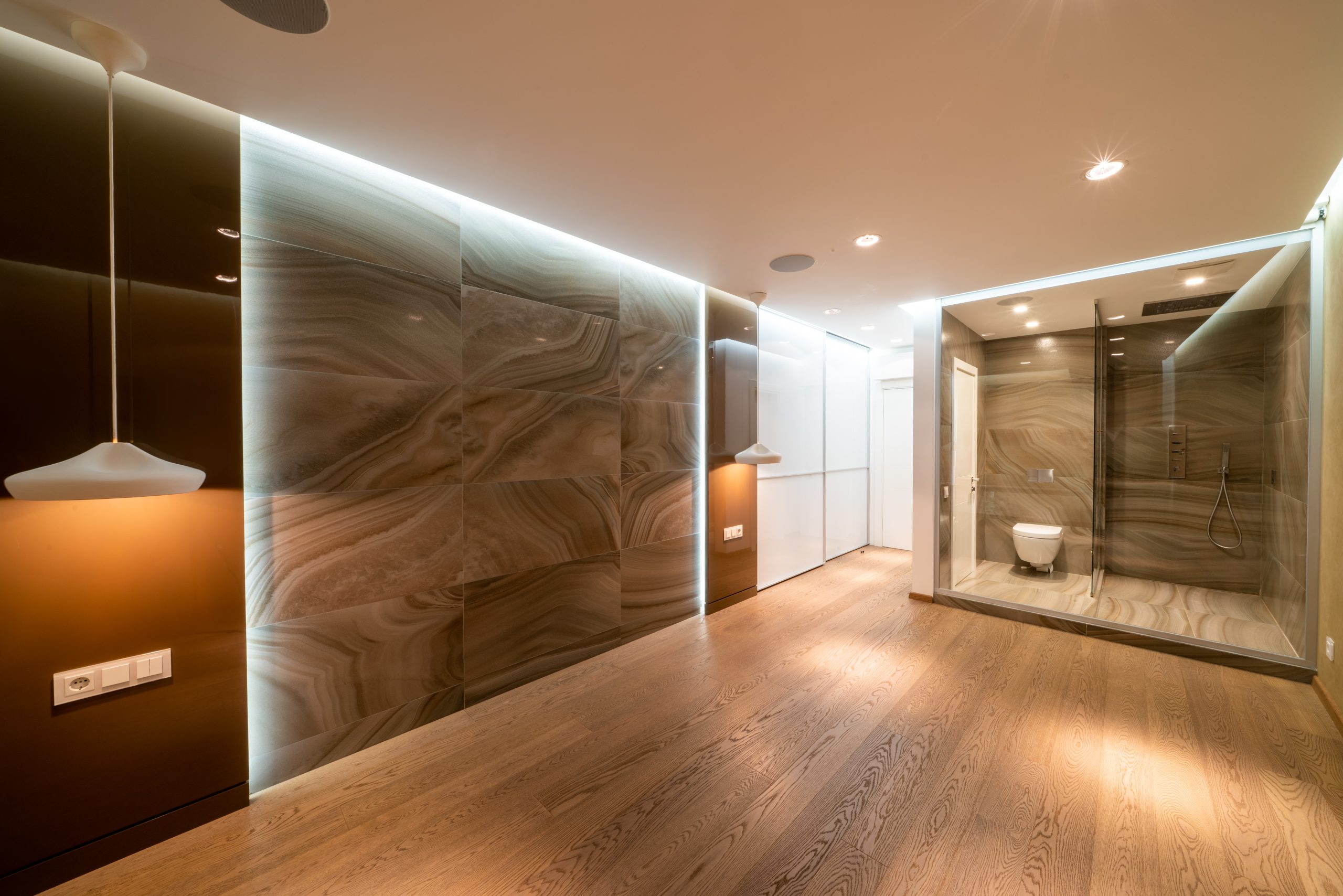The first thing that you notice when you walk into a house is how it makes you feel. It’s the mood that the house creates for the person entering. And this mood is mostly influenced by two things. The first being what colours are used in the house and who’s living there. Colours are powerful things, they have so much to offer to us, but are something that we often neglect or underestimate their importance in our lives. And colour psychology is one of them – the influence of colour on us as humans, and how it can affect our moods, emotions and thoughts. With this understanding, you should take into consideration what colours will be most suitable for your home given your own personality or who will be residing there with you – if any. There was a time when having one colour on your wall was enough. But today, people are becoming more adventurous with their décor and experimenting with different shades and hues of colours. There seems to be no limit to the number of ways that you can create a stunningly beautiful living space using variety of colours.
Colors To Add a Pop Of Brightness Or To Add Dimension.
Grey is often mixed with other colors to add a pop of brightness or to add dimension. Consider using it as a neutral, complementary color when you want to contrast bold colors. The benefits of the color grey are not limited to just being a unique, elegant neutral. The true beauty in grey comes from its ability to soothe and balance any room. When people think of interior design, they often think in terms of the colors that are used in the room. However, itis also essential to choose a color for the walls. There are many different shades of grey that would suit any type of room and suit any type of personality. Grey is a versatile color that can fit into almost any space or style, but it is important to be aware that not all types will suit every person or space. When we think of yellow, we think of warm, golden sunshine and a joyful atmosphere that is unaffected by even the darkest of days. If bright rooms make you joyful, go ahead and use this colour on your walls. Consider accent walls if you want to soften the look. Yellow lacquered glass can instantly brighten up your kitchen! Blue can set the tone for any room with its wide range of colours. While calming, quiet blues are popular, we must not overlook the bright, sparkling hues that instantly revitalise a space. The best aspect about this colour is that it doesn’t require a complete overhaul to bring out the blue parts. This home design colour pops against neutrals and leaves a lasting impression. Browns that are warm, deep, and earthy have a lot of appeal. Browns have a long history in Indian houses as the colour of wooden furniture. Interiors with this colour in upholstery or soft furnishings, on the other hand, have a rustic charm. This rich interior design colour, which was named Pantone Color of the Year, can give a place a fresh lease on life. This year’s most popular decorating colour has been seen on walls, cabinets, kitchens, and even office spaces. The stunning life-affirming combination of orange and golden can instantly improve the tone of any room!
SPACE OR STYLE
The Most Common Colours for Children’s
The most common colours for children’s bedroom are pale pink, baby blue, and gentler yellow tones. Because these are soothing colours, they will help your youngster relax. Also, if you want to use some odd colours in the area, choose a brighter hue to add some excitement.
You can decorate your guest room with a variety of colours, such as eggshell hues, lemon tints, creamy neutrals, or sea colours. In addition, a chocolate brown colour is a great choice for your guest room to make it feel warm and inviting. To make your guests feel welcome, you might match it with solid wood furniture. When you hang a metallic wall hanging or even a table in a space, you’ll notice how it simply captures attention. Metallic tones have long been a favourite of musicians. As a result, don’t be afraid to use metallic accents as statement pieces in your home, such as lamp fixtures, jaalis, and other decorations. If you want to make subtle changes in your home while keeping the existing design, search for eccentric accessories or soft furnishings that vary the aesthetic of the area while blending in with existing characteristics. Finding the appropriate décor colours will completely transform your home!
The simplest way to pick the best interior paint colours is to start with the colours you like. You are not restricted by typical colour schemes for a certain decorating style when you start with the colours you prefer. You can design a colour scheme around your favourite colour by using it as the basis colour. Your chosen colours might serve as the basis for a new colour scheme for the entire house. Simply open your closet and recognise your subconscious inclination, then choose the colour that your mind suggests. To choose an accent colour, look at your existing furniture: To highlight your furniture, choose a softer or complementary tone.
If you have a yellow lamp, for example, you can use a very light shade of lemon in the background to allow the lamp to take centre stage. Consider the size of the room: lighter colours will make the room appear larger, while darker shades will make the area appear cosier. Keep in mind the general colour scheme: When choosing colours for different areas of your home, consult a colour shade card. The shift from one region to the next should be seamless.

Natural Light Reveals The Original Colour
Keep an eye on the lighting: Before you choose a wall paint colour, consider the type of lighting your area will receive. Natural light reveals the original colour of the paint, whereas incandescent lights bring out softer tones and fluorescent lights bring out harsh blue tones.
Before choosing a colour, think about the room’s function and the vibe you want to create. If you want the space to have a lot of vitality, use warm tones, but if you want it to be calm, use cool colours like blue and grey. You can also select different sheen levels depending on how the area will be used. Method of trial and error: Apply different paint samples to different places of the wall to determine the ideal colour for your home. This strategy is always successful since it allows you to see how different wall paints will appear.





